|
The National Museum has a handful of Late Medieval/Renaissance chasubles on display. By far and large, these are my favourite embroidered objects in any museum. You are in for a treat. The embroidery on the first chasuble (Inv. Nr. T278) was executed in Cologne in the third quarter of the 15th century (1450-1475 AD). The intricate diaper patterns were made using 'Häutchengold' or membrane gold also called Cypriot gold thread. It is comparable to Japanese gold, but was made by gluing gold leaf onto animal gut subsequently wrapped around a core of coloured silk or white linen. Here you can find an interesting article on medieval gold thread production by David Jacoby (2014). And here you can find an older article in German by Brigitte Dreyspring (2007). In the early 16th century, the embroidery was rearranged on the green velvet it is attached to today. Another chasuble (Inv. Nr. 65/163) with re-used late medieval (c. 1500 AD, Rhineland) embroidery. Click on the pictures to see a close up of the figures executed in fine silk embroidery and surrounded by diaper motives in membrane gold. However, the most elaborately stitched chasuble (Inv. Nr. T1499) is the one above. Do click on the pictures as the detail is stunning. The gold and silk embroidery was executed in Italy around 1500 AD. To achieve such a rich texture, the embroiderers used string padding and applique slips on both the silk figures and the oriental architecture. The style reminded me a bit of chasuble remains in the Catherijne Convent Museum, Utrecht (NL), showing the vita of St. Martin and St. Willibrord. However, those were made around the same time, but in the Netherlands.
I have been toying for a while with the idea of trying to replicate some of the highly textured architectural background of these pieces. If only I could find the time :). However, when I do, I will share the process with you. I have a few more goodies to show you from the National Museum, so stay tuned! Literature Durian-Ress, S. (1986): Meisterwerke mittelalterlicher Textilkunst aus dem Bayerischen Nationalmuseum. München: Schnell & Steiner.
3 Comments
Until late 2016, the National Museum has a small exhibition on embroidered clothes from 1780-1800 on show. Together with the other textile collections, it is well worth a visit. Living too far a way to pop over and have a look? No worries. Let me show you some exquisite silk embroidery. Centrepiece of the exhibition is a Robe paree, a French female court dress from 1780-1790. It was altered three times to follow changes in fashion. The dress ended up in the museum as 20 separate parts and was recently pieced together again. Its cream satin is lavishly embroidered with silk embroidery using satin stitch, stem stitch, knots, needle lace, goldwork, paper padding and applique. In all, there are 20 different dainty little flower patterns consisting of roses, pansies and bellflowers scattered on the dress. Larger patterns consisting of garlands and bouquets of roses, carnations and forget-me-nots. They are stitched using 14 different colours of silk. Now that we've seen the dress of a lady at the French court, what did the accompanying boys look like? Very colourful! Their mostly unicolour satin frock, trousers and waistcoat were richly embellished with colourful silk embroideries. These embroideries were placed along the seams, the cuffs and collar. Patterns mainly consisted of floral motives, little birds or Chinese scenes in satin stitch, stem stitch and knots. Again goldwork techniques, padding and applique are used as well. Tambour embroidery was used on garments made in Italy. Matching passementerie buttons completed the stylish outfits. Who made these lovely embroideries? The French court employed its own embroiderers and maintained its own embroidery workshops. Apart from that, Lyon was an important centre of silk and goldwork embroidery. In the late 18th century, apparently 6000 female embroiderers were occupied. The garments were stitched on large embroidery frames and tailored into clothes afterwards. The many uncut finished embroideries show that clients could buy these and have them custom made into a finished garment. Alternatively, they could flip through a catalogue with sample pieces. Either drawings or actual pieces of embroidery. The Bavarian National Museum sells a lovely little booklet on the exhibition. With only 67 pages it gives a good discription of pieces on show. And more importantly, it is jam packed with detailed close up photographs of the embroidery. Good enough to see individual stitches. There are even a few photographs of the backs of the embroideries! You can order your copy of Mode aus dem Rahmen here. My absolute favourite would have been the uncut finished ambroidery with the large flowers and tulips on the cream coloured satin. It is absolutely spectacular! However, my husband did not seem keen on wearing it... What's your favourite? And do you own and wear embroidered garments? Please leave your comment below.
I'll leave you with a detailed picture of one of the gloves. As these were not the only embroidered textiles on display at the Bavarian National Museum, I will write two more blog posts in the future. One will be dealing with embroidered costumes from the Baroque period and one will consider the ecclesiastical embroideries. Please leave a comment below if you liked this historical post!
Literature Borkopp-Restle, B. (2002): Textile Schätze aus Renaissance und Barock aus den Sammlungen des Bayerischen Nationalmuseums. München: Bayrische Nationalmuseum. First of all: Happy New Year! Me and my husband spent the last day of the year reading, stitching, eating nice food and watching a documentary on Charlemagne (what a nasty guy that was...). And now it is back to business as usual. My students were here on Saturday for another day of stitching fun as part of the professional embroidery course I offer. Lets have a look at their progress!
|
Want to keep up with my embroidery adventures? Sign up for my weekly Newsletter to get notified of new blogs, courses and workshops!
Liked my blog? Please consider making a donation or becoming a Patron so that I can keep up the good work and my blog ad-free!
Categories
All
Archives
July 2024
|
Contact: info(at)jessicagrimm.com
Copyright Dr Jessica M. Grimm - Mandlweg 3, 82488 Ettal, Deutschland - +49(0)8822 2782219 (Monday, Tuesday, Friday & Saturday 9.00-17.00 CET)
Impressum - Legal Notice - Datenschutzerklärung - Privacy Policy - Webshop ABG - Widerrufsrecht - Disclaimer
Copyright Dr Jessica M. Grimm - Mandlweg 3, 82488 Ettal, Deutschland - +49(0)8822 2782219 (Monday, Tuesday, Friday & Saturday 9.00-17.00 CET)
Impressum - Legal Notice - Datenschutzerklärung - Privacy Policy - Webshop ABG - Widerrufsrecht - Disclaimer


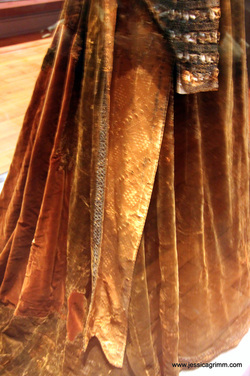
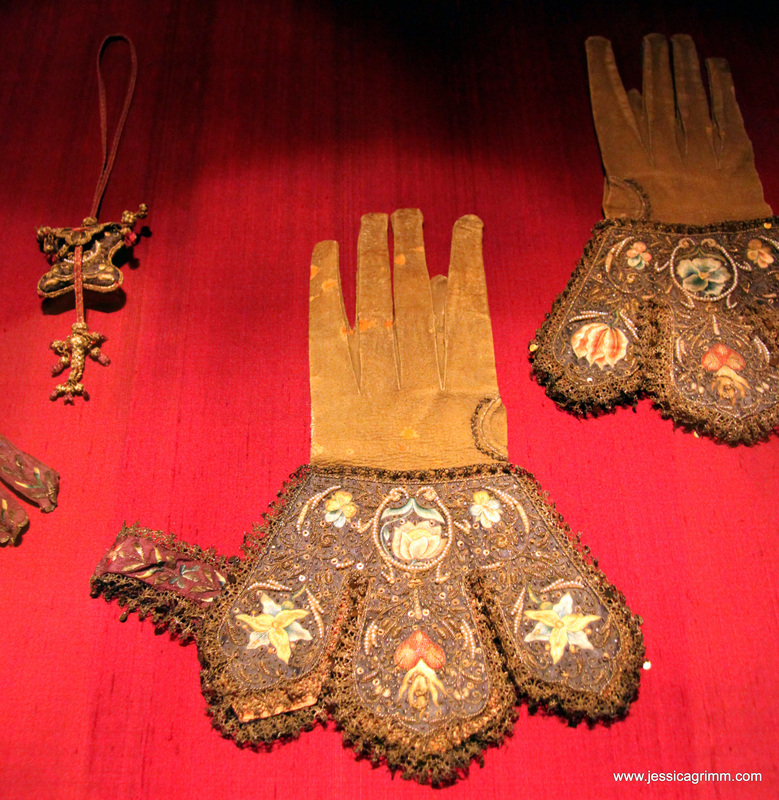
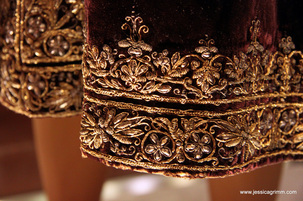
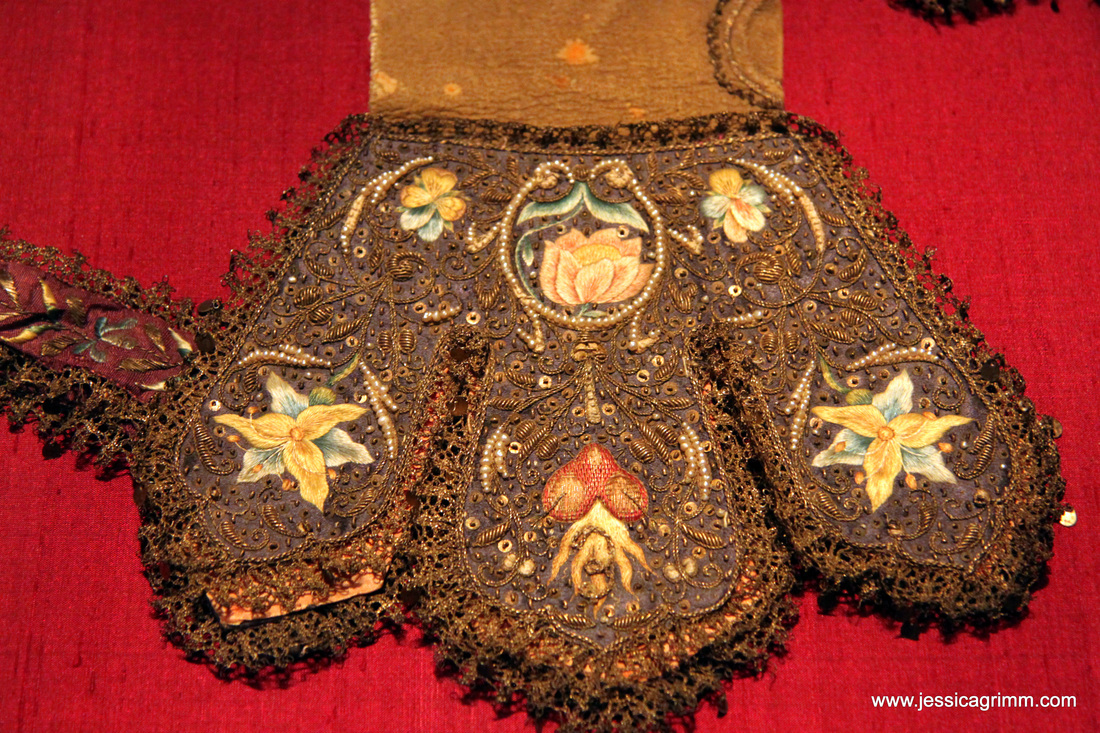
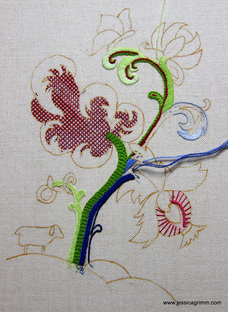
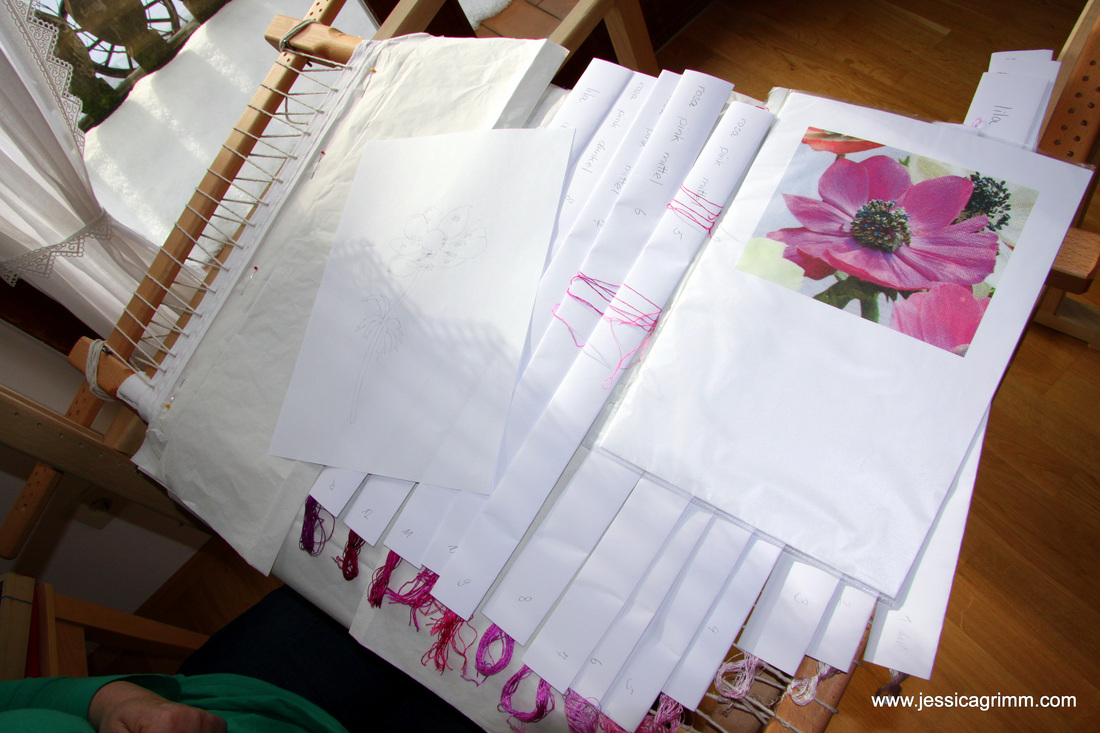
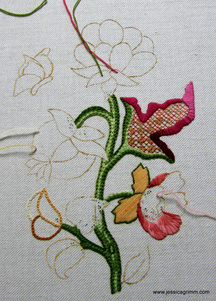
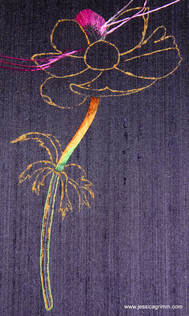
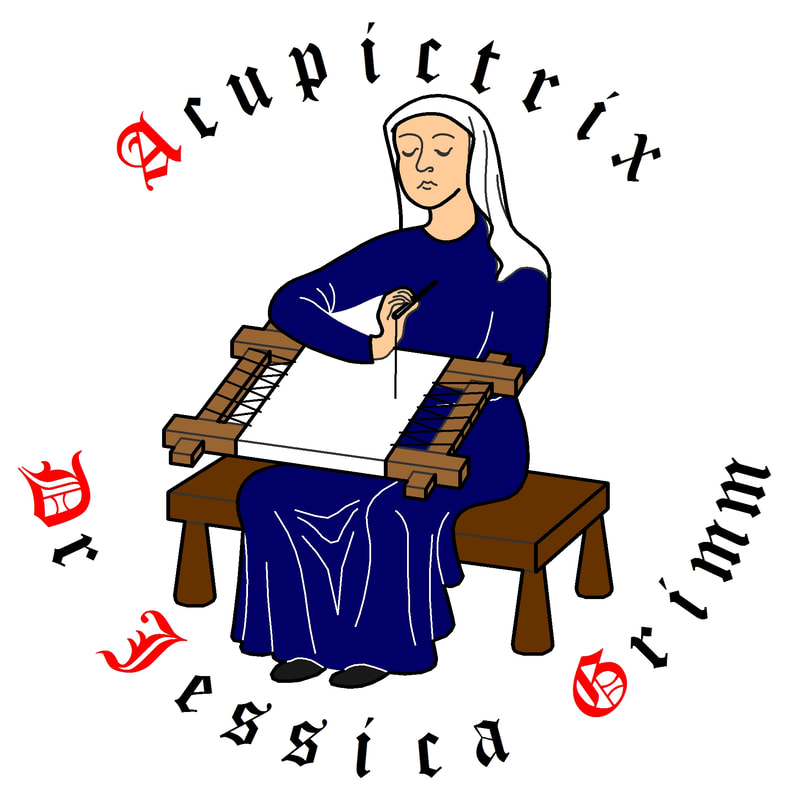


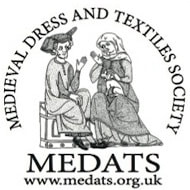
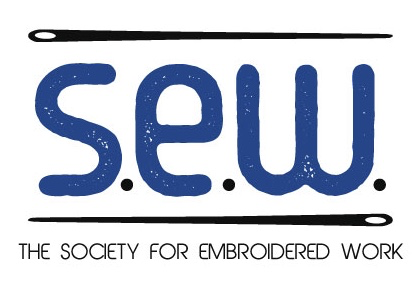
 RSS Feed
RSS Feed